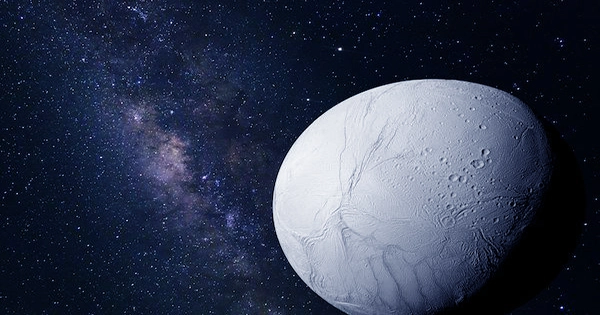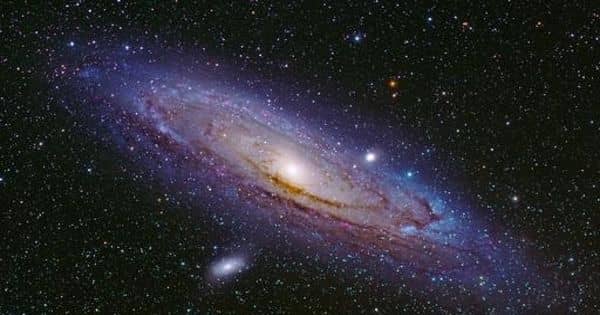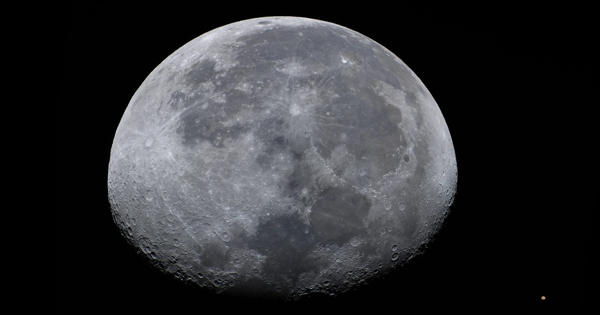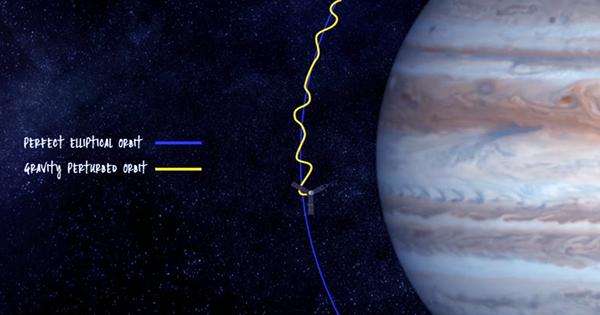The geyser curtains on Enceladus found by the Cassini spacecraft in 2006 have been explained. These geysers allow the ocean under Saturn’s tiny moon Titan to escape into space, allowing future expeditions to examine the composition without drilling inside. According to new data, the geysers are caused by fissures formed during Enceladus’ lengthy orbital cycles’ cooling phase. There are a few things that astrobiologists agree on when trying to envisage life in other worlds, but liquid water is one of them. Despite this, no liquid water has been detected on the surface of any other world in the Solar System since Mars dried up.
However, a handful of Moon (and maybe Pluto) contain verified or suspected interior seas, indicating that we have the highest possibility of finding alien life. Europa’s depths may have a greater chance of harboring life, particularly complex life, although discovering it might be difficult if digging through kilometers of ice is required. Enceladus, on the other hand, vomits all across the inner-Saturnian orbit. If there is life within, remnants may be ejected through the geysers, allowing us to sample it.
As a result, a new article published in Geophysical Research Letters explains why geyser curtains occur. Long, thin “tiger-stripes” near Enceladus’ the South Pole give rise to geysers, but the origins of these fissures, which are expected to stretch 5-14 kilometers (3-8 miles) into the moon’s ice crust, have remained a mystery.
In a statement, Dr. Max Rudolph of the University of California, Davis said, “It caught both the scientists’ and the general public’s interest.” They are thought to be the consequence of perturbations in Enceladus’ orbit around Saturn, according to Rudolph and co-authors.
One of the Milankovich cycles that regulated the temperature for millions of years until humans triggered more rapid changes is the Earth’s orbit, which swings between being more rounded and more elongated. With so many moons of Saturn – some of which are far larger than Enceladus – exerting their gravitational attraction, its orbit is certain to alter dramatically over intervals of 100 million years or so. As Saturn’s squeezing force rises and lessens, these fluctuations, according to Rudolph, cause warming and cooling cycles on Enceladus. The interior ocean expands and the ice crust thins during warmer periods, only to thicken again when things calm down.
The increasing ice exerts pressure on the water, which pushes back on the ice, splitting the shell and creating fissures where the ice is thinner during cold times. Europa goes through a similar expansion and contraction cycle, but according to Rudolph’s calculations, the variations aren’t big enough to cause fissures even halfway to the interior ocean. We’ll probably have to drill if we want to taste the interior for life.
According to Rudolph’s modeling, the previously preferred explanation of ocean pressure may be adequate to form the fissures but not to drive water to the surface. Instead, results support an existing idea on the subject, namely that water seeps into fissures and boils away when exposed to space’s vacuum.
The findings help to explain one of the great puzzles surrounding Enceladus’ geysers: why haven’t they caused the little world to boil away throughout its four billion-year existence? Much less material would be lost if the fissures only existed throughout particular phases of its cycle. The findings also suggest that we are extremely fortunate to be visiting Saturn’s moons during a time when this is occurring; if our probes had arrived at a different moment, Enceladus would appear to be a considerably less interesting entity.
















